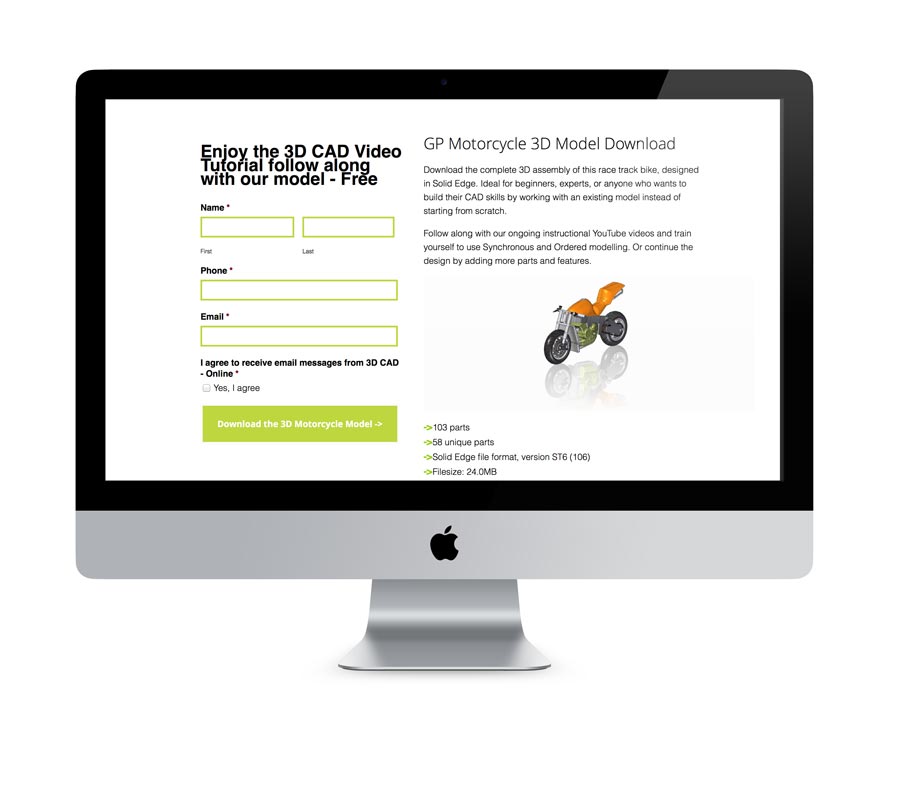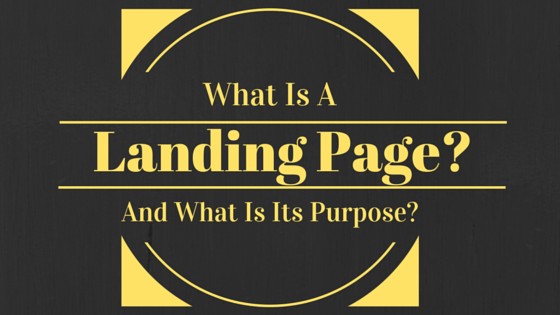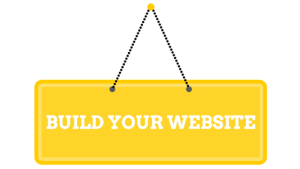You’ve probably heard the words ‘Landing Page’ before, but you may not exactly understand what it is or when you need one. We’re writing this blog post to demystify the purpose of a landing page and how to set one up so it works for you!
Ultimately the main reason purpose of a landing page is to ask your website visitors to do a specific task – and it’s usually when you’re having a special campaign. It could be to sign up for a contest, buy a new product or subscribe to your newsletter. In the marketing world, this is known as Inbound Marketing. Website visitors are directed to a landing page when they click on an ad or social media link and they are a great way to track specific campaigns and gain more insight on your customers.

You may be sitting there thinking, ‘Oh no! Not ANOTHER marketing task!’ but we have some good news! The design of a landing page should be simple and the message short. Do NOT, we repeat, DO NOT overcomplicate this page.
So we’d like to share our top 5 tips on setting up an effective landing page.
1. One Goal Per Landing Page
Keep it down to one goal. This allows the visitor to quickly understand what you are asking of them, which minimizes confusion. If you have multiple goals make multiple landing pages. If you don’t have a specific goal right now but think landing pages sound cool–make a goal and test it out!
2. Keep the Message Short
Keep your wording down to a minimum. Your landing page should be a quick pitch, 30 words or less, about why the visitor should care. Any more words than that, you risk the visitor not understanding what you want from them, why you want it, or what’s in it for them. Presumably, the visitor has already taken the action to click on something to get them to this page, so depending on your audience you won’t need to write them a long story for them to understand.
3. Keep the Design Simple
Like any good design, you want to keep it simple, complimenting your goal as well as relating to the product. A landing page doesn’t need a header, footer, navigation or any other links that may lead the visitor in a different direction than your goal.
4. Show you are trustworthy
Use a section such as ‘featured on’, accreditations, partnerships, member associations, testimonials or anything else that can let the visitor know that you are a legit company with legit intentions. Because the internet is full of untrustworthy sites and spam sites, this is important to first time visitors.
5. Design to the product and be original
Think of the landing page as more like an ad that allows for an exchange. Because of this, for the most part, it can and should look different than your website. The design should be inspired by your goal.
Do you have questions about landing pages? Leave them in the comments section below and we’re happy to answer all of them.


